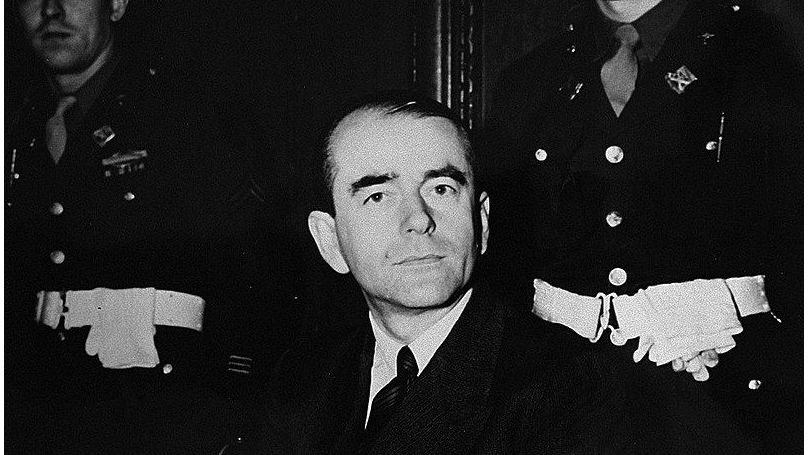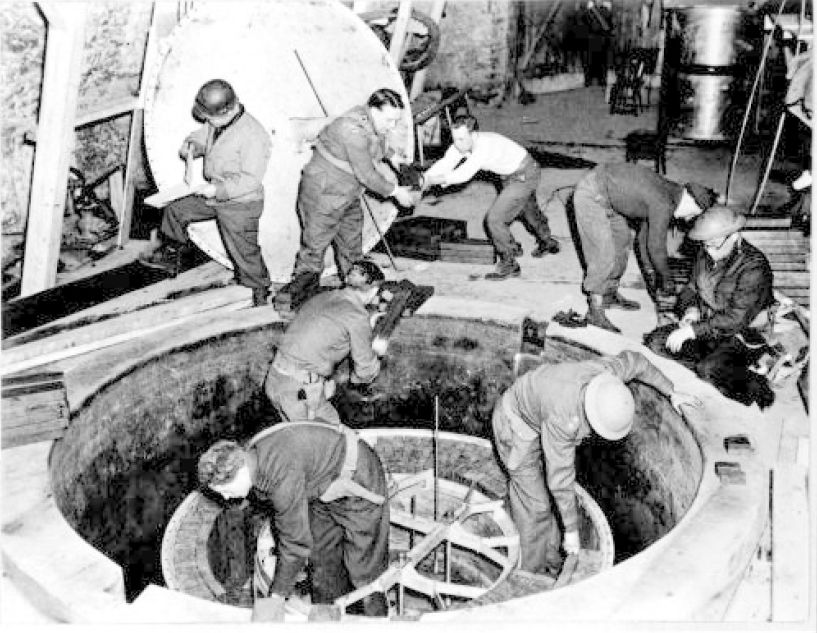During a session of the Nuremberg International Tribunal on 21 June 1946, Albert Speer testified about the Nazi atomic project.
According to him, Germany was literally on the verge of developing its own nuclear weapons. It was in Germany where nuclear fission was carried out for the first time. It was done by physicists Otto Hahn and Fritz Strassmann in December 1938. On 24 April 1939, Professor Paul Harteck sent a letter to the highest military authorities of Germany, in which he confirmed the possibility of creating a "new type of high-efficient explosive" and stated that "the country that is the first to be able to practically master the achievements of nuclear physics will acquire absolute superiority over others".
In June 1939, physicist Kurt Diebner organised the construction of Germany’s first reactor assembly at the Kummersdorf weapons testing area near Berlin. The German programme faced a number of setbacks - in 1941 it failed to launch an isotope separation plant, whose development took almost a year. On 23 June 1942, a reactor exploded making Germany the site of the first nuclear accident in history.

On 4 June 1942, Reich Minister of Armaments and War Production Albert Speer convened a meeting on the nuclear issue. Scientists stated during the meeting that one could expect the results no sooner than in two years and only if their requirements would be quickly met. The project was provided with material and money and a minimum time period for the construction of a bunker for the Berlin nuclear reactor was established.
While German authorities gave priority to the development of new weapons at an early date, the nation’s nuclear programmes received 200 times less money than the "Manhattan Project" in the US, where 1,500 times fewer people were involved. The question of how close German scientists were to the development of nuclear weapons remains unanswered.
Most of the scientists who worked on the German nuclear project were involved in similar work in the United States and the Soviet Union after the war.
Source: Vsevolod Ovchinnikov. Hot ashes. Chronicle of the secret race to possess nuclear weapons. M. 1984
























